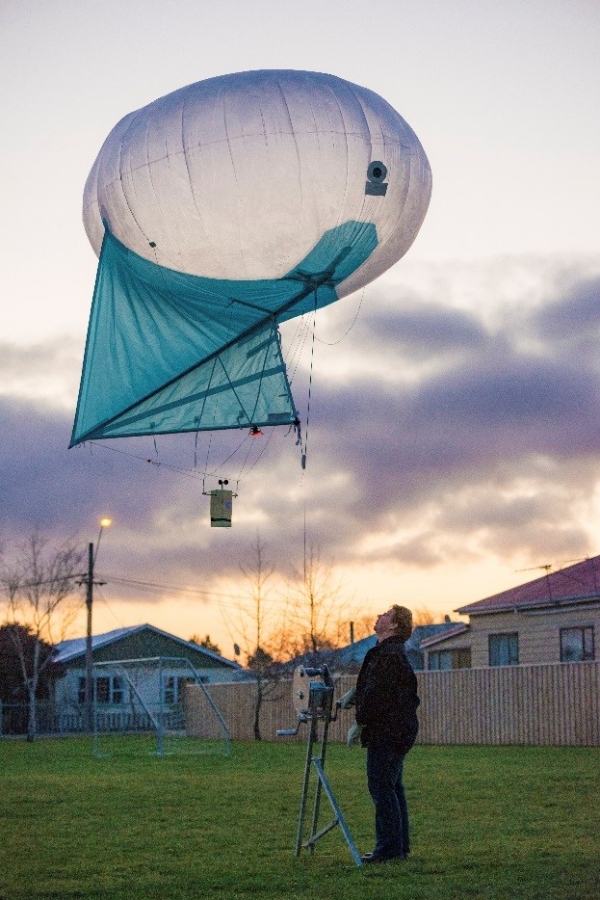What was the study?
Rangiora 2015 was the first Community Observation Networks for Air (CONA) study. CONA is a NIWA initiative to explore how new technologies can greatly increase our ability to monitor, understand and manage community air quality.
Rangiora pilot
Through August and September 2015 NIWA scientists, with the help of 15 local households, tested four new technologies in Rangiora.
These technologies included:
- 10 of NIWA’s ‘PACMAN’ low-cost indoor air quality sensor package
- six of NIWA’s ‘ODIN’ low-cost outdoor air quality sensor package
- thermocouples and low-cost ‘iButton’ temperature sensors to monitor household woodburner use in 14 homes
- a daily online survey to monitor woodburner use and perceptions of air quality, filled in by 13 householders.
This was supplemented by detailed observations of those meteorological conditions which control dispersion of air pollutants, particularly:
- installation of three meteorological stations around the town
- installation of a ceilometer to measure the height of the atmospheric boundary layer
- use of a helikite to raise instruments from ground level up to 60 m above the surface through the night.
Why Rangiora?
Rangiora was chosen not because it has a particularly severe air quality problem. However, it does breach air quality standards most winters (despite recent improvements). It was also chosen because dispersion conditions in the town are not that well understood, the town is small enough to be manageable for a pilot study, and because of its relatively close proximity to NIWA’s base in Christchurch.
What did we learn?
The study was a great success. All of the new technologies tested, whilst not performing perfectly, were able to reveal new information not previously available.
Results
- The PACMAN units indicated differences in indoor air quality between homes, and that these differences were related to differing levels of both indoor emission sources and the infiltration of smoke from outdoors.
- The ODIN units indicated that air quality differed in different parts of the town on different nights, and that this is likely to be related to variations in air flow moving smoke in different directions (as indicated by the meteorological observations).
- There was quite a lot of variation in how people heated their homes, with a mixture of habit and random variation, and in how well homes gained, retained or lost heat.
- The completion rate of the survey was high. The sample size was quite small to draw conclusions but this was an efficient way of collecting contextual data.
- Rangiora’s air quality appears to be worse on winter evenings when wind direction switches, possibly leading to polluted air being ‘re-circulated’ around the town.
What next?
CONA is returning to Rangiora in 2016. The main aims are:
- better understand what influences indoor air quality
- gather more data on woodburner use, especially how it responds to changes in the weather.
- trial a larger number of ODINs to get a better understanding of spatial patterns in outdoor air quality.
- trial a new low-cost particulate matter sensor (in both PACMAN and ODIN) which promises better accuracy, reliability and sensitivity.
- improve data quality.

